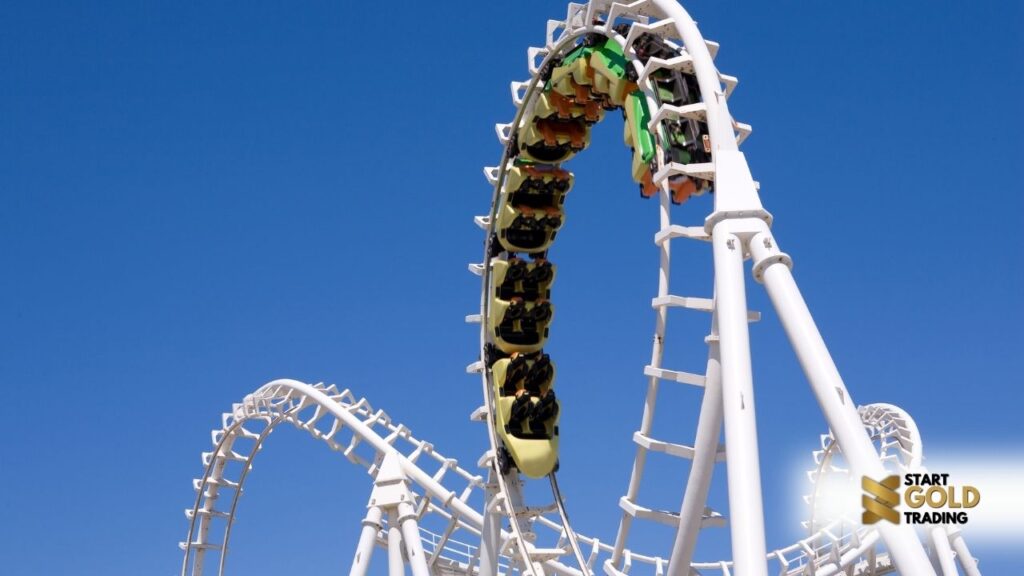Trading gold, especially through Contracts for Difference (CFDs), can be as thrilling as navigating a roller coaster. It involves ups and downs, and without the right safety measures, the ride can be unpredictably risky. Stop losses and take profits are the safety harnesses and brakes of your trading roller coaster—they help you manage risk and lock in profits, ensuring your trading journey is as controlled as it is exciting. This article will guide beginners interested in the markets, on how to effectively set up, calculate, and adjust stop losses and take profits in gold trading.

Setting up Stop Losses and Take Profits Effectively
Stop Losses: A stop loss is an order placed with a broker to sell a security when it reaches a certain price. It is designed to limit an investor’s loss on a position. Setting a stop loss is like setting a safety net under a tightrope walker; if they fall, the net catches them, preventing a disastrous plummet.
- Fixed Stop Loss: This involves setting a stop loss at a specific price level. For example, if you buy gold at $1,800 per ounce, you might set a stop loss at $1,790, limiting your potential loss.
Take Profits: A take profit order is the goal you set to exit the trade while you’re ahead. It’s like deciding in advance at what point you’ll get off the roller coaster, ensuring you leave thrilled and not queasy.
- Fixed Take Profit: This might involve setting a target price at which your position automatically closes, securing your gains. If you buy at $1,800 and expect the price to rise, setting a take profit at $1,820 ensures you lock in profits if the price reaches that level.
Calculating and Adjusting These Orders Based on Market Conditions
Calculating where to set these orders starts with understanding the volatility of the market. The more volatile, the wider your stop loss and take profit should potentially be to allow some room for the price to ‘breathe’.
- Percentage Method: Commonly, traders use a percentage of their buying price to set stop losses and take profits. For instance, setting a stop loss at 2% below the buying price and a take profit at 5% above provides a balanced approach between potential risk and reward.
- Volatility-Based Method: Using indicators like the Average True Range (ATR) can help gauge market volatility. If the ATR is high, it suggests a wider stop loss might be necessary to avoid being stopped out prematurely by normal market fluctuations.
Tips for Automated and Manual Adjustments
Automated Adjustments:
- Trailing Stop Loss: This feature allows your stop loss level to rise with the market price. For example, if the gold price rises, the trailing stop rises by a predetermined distance but if the price falls, the stop loss doesn’t change. This automatically secures gains while capping losses.
Manual Adjustments:
- Regular Review: In volatile markets, regularly review your stop loss and take profit levels to ensure they still make sense given current market dynamics.
- Be Responsive: If new economic reports or geopolitical events occur that could impact gold prices, be prepared to adjust your orders accordingly.
Conclusion
Setting stop losses and take profits is essential in crafting a disciplined trading strategy. They ensure that you have predefined exit points on both profitable and unprofitable trades, which can help take the emotion out of your trading decisions. By learning to calculate and adjust these orders effectively, you empower yourself to manage risk wisely while capturing potential profits in the dynamic world of gold trading. Remember, the goal is to make your trading experience both successful and enjoyable by maintaining control over the ride.

